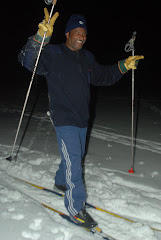One of the sections of the UNPOL visits prisons and detention centres to monitor the PNC working in these facilities. The prison in Bunia, built for about 200 prisoners, houses more than 700 men, women, and children. The gate to the prison is painted in Bangladeshi colours and spells out the words Bangladesh - DRC Friendship Gate.
Men and women are separated, and together with the women are the minors, all of them boys. Knowing that most of the boys are accused of (I don't know how many of them are also sentences, but I doubt that many of them are) sexual violence, this is a bit odd. The women are locked in together with their nuring children. In spite of the minors' section, also in the men's section, there were clearly underaged prisoners.
Food has to be prepared by the prisoners themselves why there are several charcoal fires pyring. In general the prisoners get nothing from the authorities, however thereiactually a kitchen outside preparing foufou and beans. If I understood correctly, this is for the minors. But, the prisoners only get what is left after the soldiers camping next to the prison have taken what they believe rightfully belong to them. For the rest of the priosners, they rely on what their relatives bring them, if they have any that is. But even that food first have to be shared with the guards who in many cases have not been paied in a long time. Thus, most of the prisoners are starving, and it is not abnormal that they even dye of starvation or malnutrition.
The rooms are extremely dark even in the middle of the day when I was there and since they have no electricity nor any other source of light, it will undoubtaly be pitch black for about 12 hours a day. Due to the ovecrowding of the building, most of the prisoners spend all their time in the court yard, days as well as night, rain or shine. As anyone can imagine, the prisoners suffer, and many of them are seriously ill. There is of course no health care or medicine whatsoever to be found.
There is no furniture in the rooms, and hardly anywhere for them to keep their belongings. In the women and minors' sections', there are at least platform built so that they don't have to sleep on the floor as the men do. The blankets and straw mats available are all dirty and broken. I counted five toilets, and as many "bathrooms" for washing in the men's section, two in the women/minors' section. Water, however, is extremely scarce, the 500 litre water tank just outside is not regularly refilled, and even if it would be on a daily basis, it would still mean less than a litre per inmate.
If I was stunned by the conditions in the prison I visited in Nepalgunj, the living conditions here are many times worse. In addition, there are the problems of the judiciary. Most of the prisoners will never see the inside of a trial, or even get a decision form a prosecutor. And in spite of the evident lack of space, the magistrate keeps sending new prisoners.
as a Civil Observer in MONUC via the Folke Bernadotte Academy - FBA

A tribute to Folke Bernadotte in Gothenburg
Sara in DR Congo
Since the end of April, I am in the Congo working as a civilian observer with the civil police in MONUC. Thus, my present 'life and work' is in the East of this vast country; in Bunia, a tiny little town in the district of Ituri.
Depending on the access to, and speed of, Internet, I aim to post as many photos as possible. I will try not to write too long posts, but sometimes waiting for the photos to be uploaded, I have too much time to keep writing...

You never know when it might come in handy to be a blacksmith














Detention centre - according to PNC there are no minors but I'm not so sure.















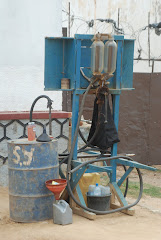


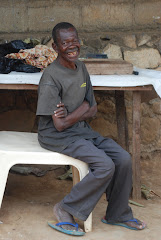
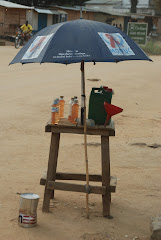

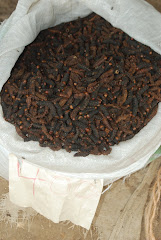
Speaking of the larves, this is actually the first time I see them. Didn't dare to try this time.

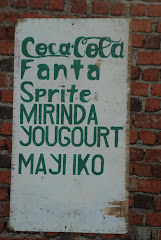



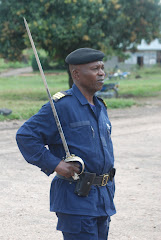

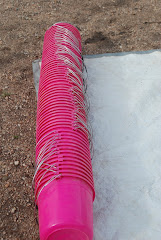




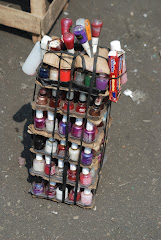
pedicure on the street
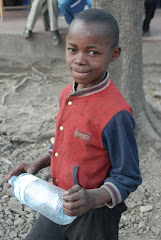

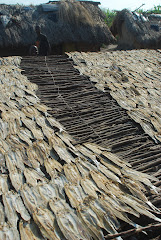
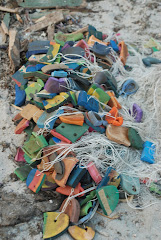



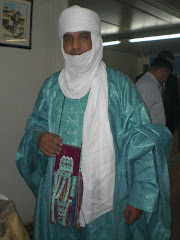

MONUC telling us to buckle up
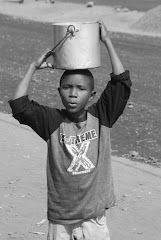
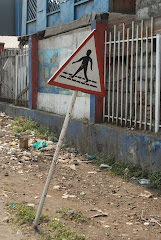


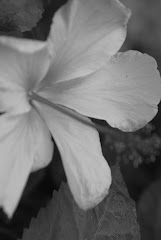













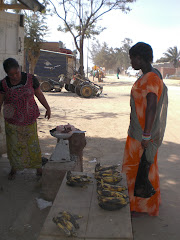
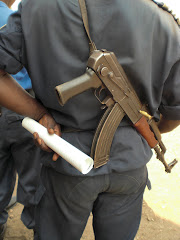

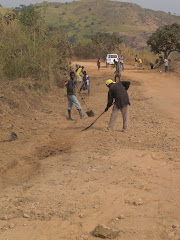
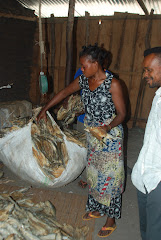
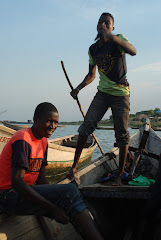
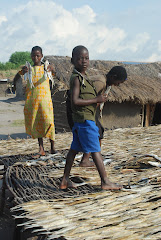




























House rules



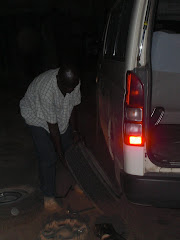


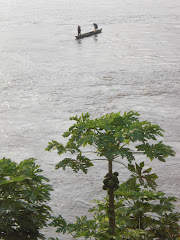

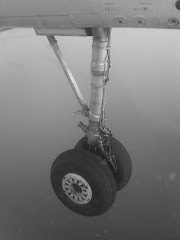



Defender, strong as a bull!

Wilda

